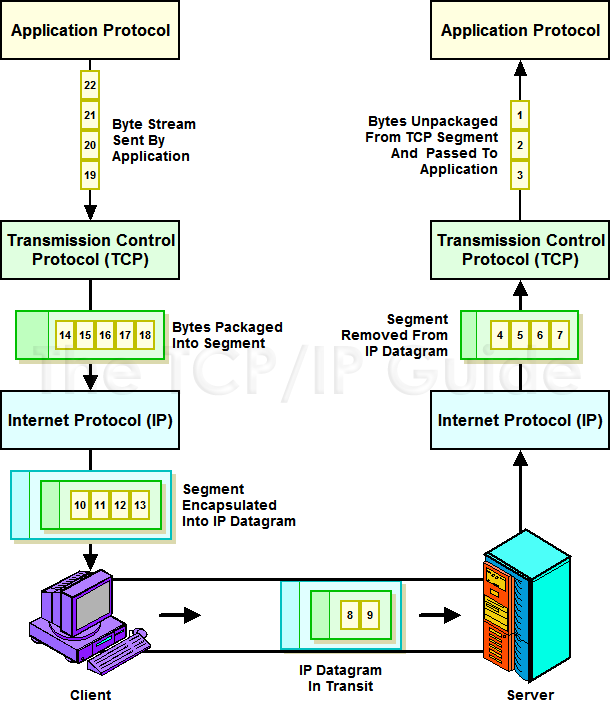 |
|
Please Whitelist This Site?
I know everyone hates ads. But please understand that I am providing premium content for free that takes hundreds of hours of time to research and write. I don't want to go to a pay-only model like some sites, but when more and more people block ads, I end up working for free. And I have a family to support, just like you. :)
If you like The TCP/IP Guide, please consider the download version. It's priced very economically and you can read all of it in a convenient format without ads.
If you want to use this site for free, I'd be grateful if you could add the site to the whitelist for Adblock. To do so, just open the Adblock menu and select "Disable on tcpipguide.com". Or go to the Tools menu and select "Adblock Plus Preferences...". Then click "Add Filter..." at the bottom, and add this string: "@@||tcpipguide.com^$document". Then just click OK.
Thanks for your understanding!
Sincerely, Charles Kozierok
Author and Publisher, The TCP/IP Guide
|
|
|

Custom Search
|
|
TCP Data Handling and Processing: Streams, Segments and Sequence Numbers
(Page 2 of 3)
TCP Data Packaging: Segments
Of course, TCP must take these bytes and send them using a network-layer protocol, meaning the Internet Protocol. IP is a message-oriented protocol, not stream-oriented. Thus, we have simply “passed the buck” to TCP, which must take the stream from the application and divide it into discrete messages for IP. These messages are called TCP segments.
|
TCP segments are treated by IP like all other discrete messages for transmission. They are placed into IP datagrams and transmitted to the destination device. The recipient unpackages the segments and passes them to TCP, which converts them back to a byte stream to send to the application. This process is illustrated in Figure 202.
|
The TCP layer on a device accumulates data it receives from the application process stream. On regular intervals, it forms segments to be transmitted using IP. The size of the segment is controlled by two primary factors. The first issue is that there is an overall limit to the size of a segment, chosen to prevent unnecessary fragmentation at the IP layer. This is governed by a parameter called the maximum segment size (MSS), which is determined during connection establishment. The second is that TCP is designed so that once a connection is set up, each of the devices tells the other how much data it is ready to accept at any given time. If this is lower than the MSS value, a smaller segment must be sent. This is part of the sliding window system described in the next topic.
|
|
| |||||||||||||||||||
Home - Table Of Contents - Contact Us
The TCP/IP Guide (http://www.TCPIPGuide.com)
Version 3.0 - Version Date: September 20, 2005
© Copyright 2001-2005 Charles M. Kozierok. All Rights Reserved.
Not responsible for any loss resulting from the use of this site.







 Note: As an aside, this is one of the most confusing data structure names in the world of networking. From a dictionary definition standpoint, referring to a piece of a stream as a segment is sensible, but most people working with networks don't think of a message as being a “segment”. In the industry, the term also refers to a length of cable or a part of a local area network, among other things, so watch out for that.
Note: As an aside, this is one of the most confusing data structure names in the world of networking. From a dictionary definition standpoint, referring to a piece of a stream as a segment is sensible, but most people working with networks don't think of a message as being a “segment”. In the industry, the term also refers to a length of cable or a part of a local area network, among other things, so watch out for that.
 Key Concept: TCP is designed to have applications send data to it as a stream of bytes, rather than requiring fixed-size messages to be used. This provide maximum flexibility for a wide variety of uses, because applications don’t need to worry about data packaging, and can send files or messages of any size. TCP takes care of packaging these bytes into messages called segments.
Key Concept: TCP is designed to have applications send data to it as a stream of bytes, rather than requiring fixed-size messages to be used. This provide maximum flexibility for a wide variety of uses, because applications don’t need to worry about data packaging, and can send files or messages of any size. TCP takes care of packaging these bytes into messages called segments.